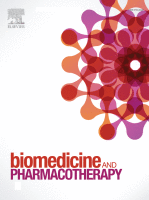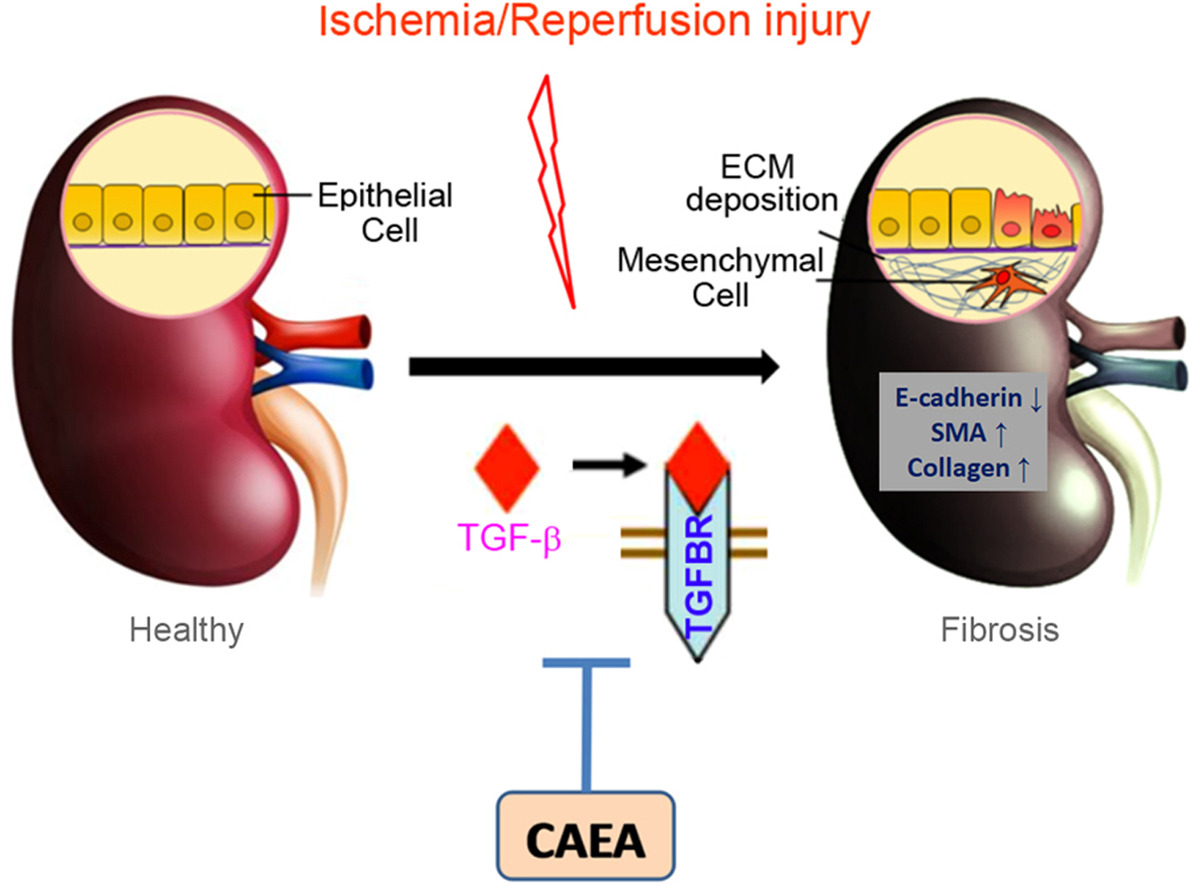Featured Scientist

Hui-Chun Ku
College of Science and Engineering
Hui-Chun Ku
Department of Life Science, Fu Jen Catholic University,
New Taipei City, Taiwan
Article published in
"Biomedicine & Pharmacotherapy" Volume 142, October 2021, 112028
A novel caffeic acid derivative prevents renal remodeling after ischemia/reperfusion injury
Acute kidney disease due to renal ischemia/reperfusion (I/R) is a major clinical problem without effective therapies. The injured tubular epithelial cells may undergo epithelial–mesenchymal transition (EMT). It will loss epithelial phenotypes and express the mesenchymal characteristics. The formation of scar tissue in the interstitial space during renal remodeling is caused by the excessive accumulation of extracellular matrix components and induced fibrosis. This study investigated the effect of caffeic acid ethanolamide (CAEA), a novel caffeic acid derivative, on renal remodeling after injury. The inhibitory role of CAEA on EMT was determined by western blotting, real-time PCR, and immunohistochemistry staining. Treating renal epithelial cells with CAEA in TGF-β exposed cell culture successfully maintained the content of E-cadherin and inhibited the expression of mesenchymal marker, indicating that CAEA prevented renal epithelial cells undergo EMT after TGF-β exposure. Unilateral renal I/R were performed in mice to induce renal remodeling models. CAEA can protect against I/R-induced renal remodeling by inhibiting inflammatory reactions and consecutively inhibiting TGF-β-induced EMT, characterized by the preserved E-cadherin expression and alleviated α-SMA and collagen expression, as well as the alleviated of renal fibrosis. We also revealed that CAEA may exhibits biological activity by targeting TGFBRI. CAEA may antagonize TGF-β signaling by interacting with TGFBR1, thereby blocking binding between TGF-β and TGFBR1 and reducing downstream signaling, such as Smad3 phosphorylation. Our data support the administration of CAEA after I/R as a viable method for preventing the progression of acute renal injury to renal fibrosis.

Keywords Ischemia/reperfusionRenal fibrosisEMTECM remodeling
95 views